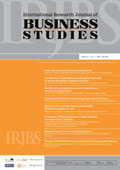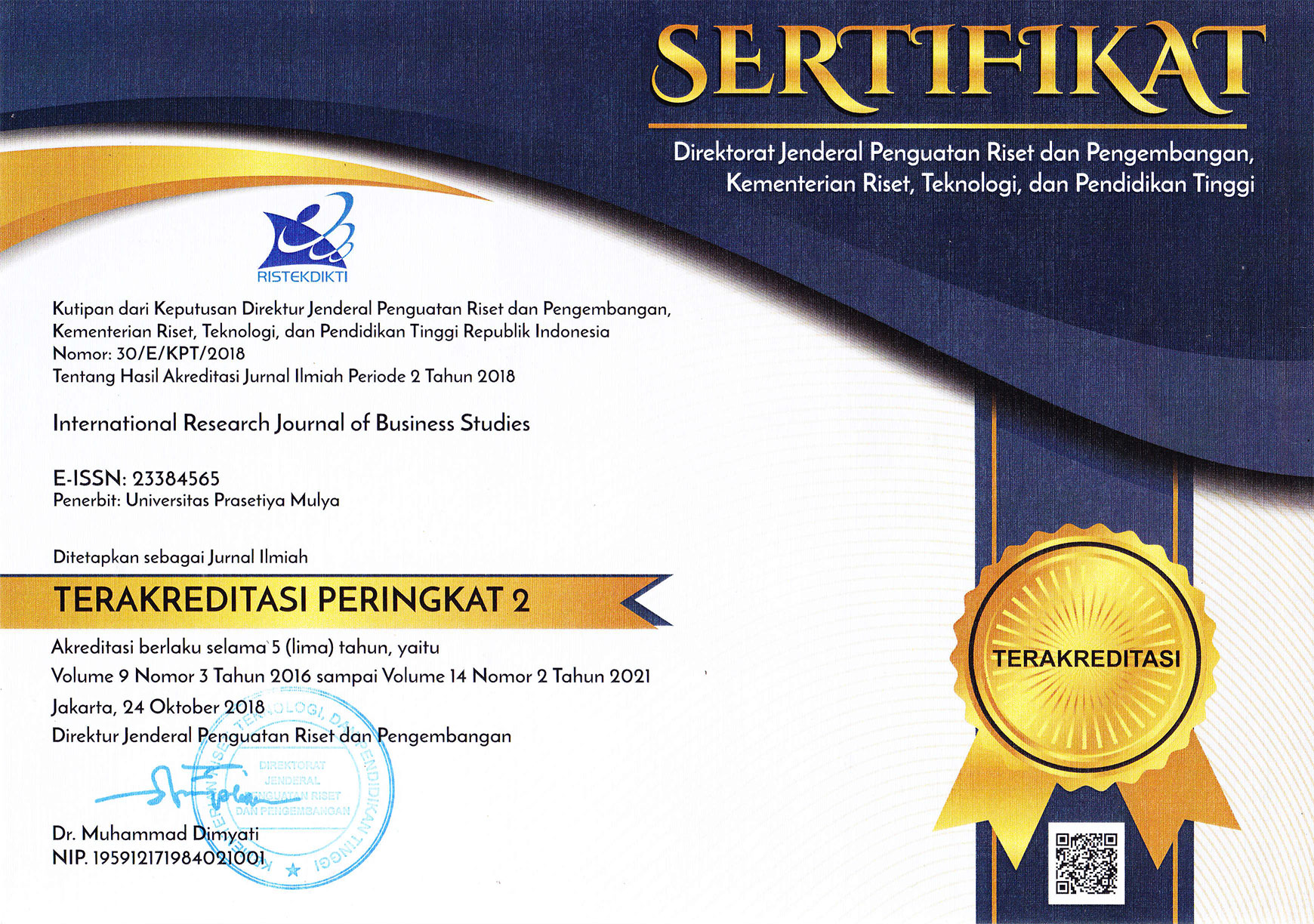Article Metrics |
|
|
The Effect of Leadership Style on the Job Satisfaction of Micro and Small Enterprises
Abstract
The major factors that determine both success and failure of Small Business include substantive and legitimate, learning strategies and leadership behaviors that may be among the principal reasons why some small businesses succeed while others fail to understand the learning strategies, leadership knowledge, and skills used by successful small business leaders (SSBLs). The objective of the study is to reveal out the relationship between leadership style and job satisfaction of MSEs at western oromia, Ethiopia.Stratified random sampling was used to get information from different sizes of the MSEs. selected from Manufacturing, service, agriculture, construction and trade sectors on proportional basis. Accordingly, 334 respondents were selected from the total of 1931 MSEs. Finally, the study revealed out that that there is statistically significant relationship between leadership style and job satisfaction. Also, the more exercising transformational leadership style, there would be more possibility of enhancing level of job satisfaction of MSEs.
Keywords:
Leadership style, Transactional, Transformational, Charismatic, Job satisfaction, Micro and Small Enterprises
* Department of Management, Jimma University, PO box 378, Jimma University, Jimma, Ethiopia
Full Text:
References
Ames, M. D., & Wellsfry, N. L. (1983). Small business management. West Publishing Company
Berry, L. L. (2007). The best companies are generous companies. Business Horizons, 50, 263–269.
Bolman, L. G., & Deal, T. E. (2008). Reframing organizations: Artistry, choice, and leadership. (4th ed.) San Francisco, CA: Jossey-Bass.
Colin, G., & Allen, J. (2002). Role of management education in developing capacity for innovation in small firms. International Journal of entrepreneurship and Innovation, 2(4-5), 373-389.
Covey, S. R. (2004). The 8th habit: From effectiveness to greatness. New York, NY: Free Press.
Evans, L. (1998). Teacher morale, job satisfaction and motivation. Great Britain: Paul Chapman Publishing Ltd.
Fajana, Sola (2002). Human Resource Management: An Introduction. Lagos: Labofin and Company
Goltz, J. (2011). Top 10 reasons small businesses fail. New York Times. Retrieved from http://boss.blogs.nytimes.
Gwavuya, F. (2011). Leadership Influences on Turnover Intentions of Academic Staff in Institutions in Zimbabwe. Academic Leadership Journal, 9 (1), 1-15.
Kouzes, J., & Posner, B. (2012). The leadership challenge: How to make extraordinary things happen in organizations. San Francisco, CA: Jossey-Bass.
Lawler, E.E. (1973). Motivation in Work Organizations. Monterey: CA, Brooks/Cole
Locke, E.A (1969) “What is Job Satisfaction? Organizational Behavior and Human Performance” Journal of Applied Psychology. 4, 309-336.
McGregor, D. (2006). The human side of enterprise. New York: McGraw-Hill.
Muindi, F., (2010). The relationship between Participation in Decision making and Job Satisfaction among academic Staff in the School of Business University of Nairobi. Master of Business Administration Thesis, University of Nairobi.
Mumford, M. D., Eubanks, D. L., & Murphy, S. T. (2007). Creating the conditions for success: Best practices for leading in innovation. In J. A. Conger & R. E. Riggio (Eds.), The practice of leadership: developing the next generation of leaders. San Francisco, CA: Jossey-Bass, Inc.
Okumbe J. A. (1998). Educational Management: Theory and Practice. Nairobi University Press.
Oromia Finance & Economic Development (2014). Oromia regional statistical abstract, A.A.
Peters, M. (2005). Entrepreneurial skills in leadership and human resource management evaluated by apprentices in small tourism businesses. Education & Training, 47(8/9), 575-589.
Spector, P.E. (1985). Measurement of human service staff satisfaction: Development of the job satisfaction survey. American Journal of Community Psychology, 13(6), 693-713
Spector, P.E. (1997). Job Satisfaction: Application, Assessment, Causes, and Consequences. United Kingdom: Sage Publications Ltd.
Valdiserri, G., & Wilson, J. (2010). The study of leadership in small business organizations: Impact on profitability and organizational success. The Entrepreneurial Executive, 15, 47-72.
Watson, Jeff. (2001). How to Determine a Sample Size: Tipsheet #60, University Park, PA: Penn
State cooperative Extension, Available at: http://www.extension.psu.edu/evaluation/pdf/TS60.pdf [Accesssed 27, July, 2017]
Copyright (c) 2020 INTERNATIONAL RESEARCH JOURNAL OF BUSINESS STUDIES
International Research Journal of Business Studies has been covered by the following services: | ||||||||||||||||||||||||
|




















